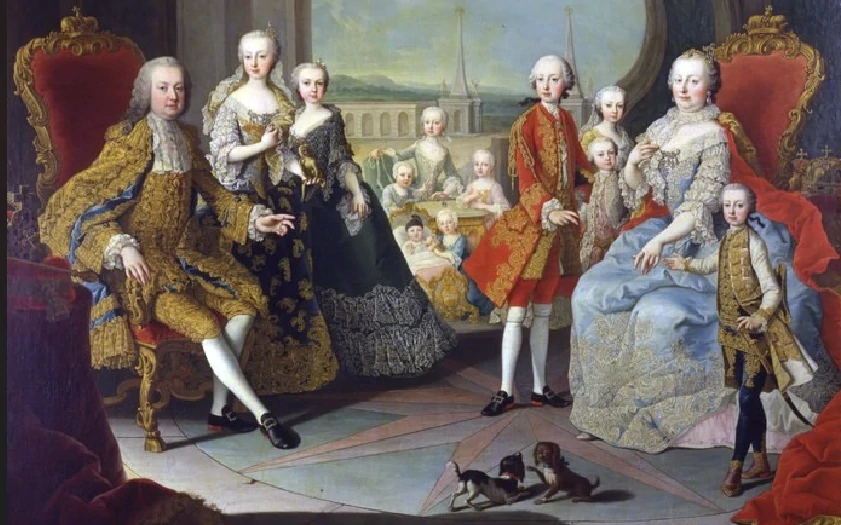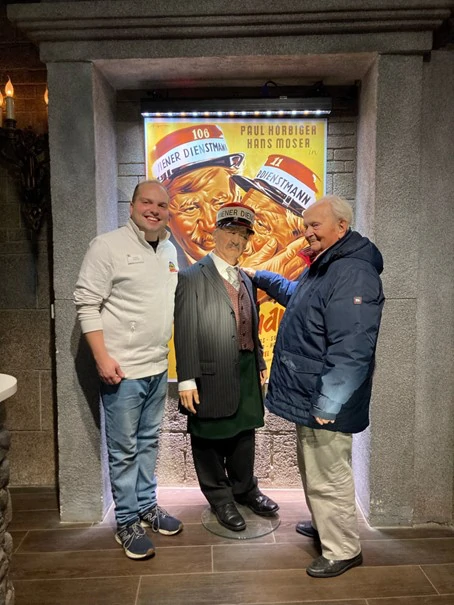How long has the Vienna Volksoper been in existence? What was its initial name and what was the reason for its construction? What does it specialize in these days? How is it different from the State Opera?
The Volksoper Wien builds bridges between tradition and renewal, between past and future, between nostalgia and utopia. It is a house where artists tell stories in operetta, opera, musical and ballet, and where the most diverse audiences can be seduced, invited to reflect and laugh without restraint. It is a “Volksoper” in the truest sense of the word. Since September 2022, director Lotte de Beer has been the director of the Volksoper and Omer Meier Wellber its music director.
The Vienna Volksoper was founded in 1898 for the 50th anniversary of the throne of Emperor Franz Joseph as the Kaiser Jubiläums-Theater . However, the monarch did not appear at the opening on December 14, 1898, as his beloved Sisi had been murdered in Geneva only three months before and he was still in mourning.
The construction had been made possible by the foundation of the Kaiserjubiläum-Stadttheater-Verein . The building was erected by the two architects Alexander Graf and Franz Freiherr von Krauß in only 10 months and cost more money than estimated. Initially, it was dedicated only to German spoken theater.
End of the 19th century Viennese operetta became increasingly popular and the Volksoper provided the ideal setting for it. Johann Strauss Sohn and Franz von Suppé were typical representatives of the operetta, which experienced its “Golden” and “Silver Era” in Vienna, precisely at the time of the Volksoper’s opening.
In 1903, operas and musical comedies were added to the repertoire, followed in 1904 by the designation People’s Opera. 1907 Tosca was performed for the first time and was followed in 1910 by Salome. Names of singers like Leo Slezak or Richard Tauber are associated with the Vienna Volksoper. Alexander Zemlinksy was the first Kapellmeister in 1906.
Many successful years followed until the world economic crisis of 1929 also made itself felt at the Volksoper. There were brief closures and a reopening as the Neues Wiener Schauspielhaus. In 1938, the City of Vienna took over the house and renovations were made, including a
“Fuehrer’s Lodge. This was a wrap-around installation with better acoustics. Stucco fittings in the auditorium were removed, as well as the main curtain. Nowadays, only the entrance and the break foyer are halfway preserved in the original.
Towards the end of the 2nd World War in 1944, the Volksoper was banned from playing for some time. When some Viennese cinemas were destroyed, it was converted for a few months into a large cinema hall with space for 1,550 people.
In the shadow of the Vienna State Opera, the Volksoper developed into a smaller but highly respected opera house . After the Second World War, where it was spared destruction, it served the State Opera as an alternative venue until 1955.
Well-known directors were Eberhard Waechter (1987-92), Ian Holender (1992-96) and Klaus Bachler (1996-99) Current director since 2007 is Robert Meyer, a castle actor who wants to revive operetta as it was in the old days.
The Volksoper Wien is nowadays the house for operetta, opera, musical and ballet. In Vienna, it is the only house that deals with the genre of operetta . In the season from September to June, about 300 performances of 34 productions are staged. Like other opera houses in Vienna, it follows a repertory program, which means you can marvel at a different program every night. Popular are the “Csardasfürstin”, “My Fair Lady”, “Coppelia” . There are also special programs for children.
The house on Währinger Gürtel seats about 1,337 people and, like the State Opera, belongs to the Bundestheater Holding.
Time Travel Tip: The Volksoper is an inexpensive alternative to the State Opera, there is also standing room or the box seats are very cheap, although sometimes with obstructed view in the 2nd row.



